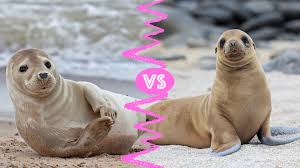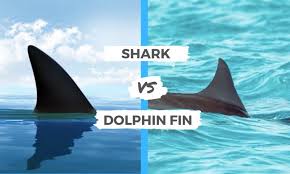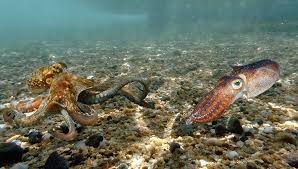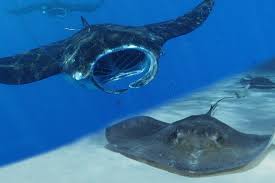
Seal vs Sea Lion
Introduction
Seals and sea lions are fascinating marine mammals that often capture the attention of wildlife enthusiasts and casual observers alike. Both belong to the group known as pinnipeds, which translates to “fin-footed” in Latin, and share many similarities. However, they also exhibit distinct differences in physical characteristics, behavior, and habitat preferences. This article explores these differences in detail, providing a comprehensive overview of seals versus sea lions, along with a FAQ section to address common queries.
Pinniped Classification
Taxonomy Overview
Both seals and sea lions are classified under the order Carnivora and the suborder Pinnipedia. However, they belong to different families:
- Seals (Family Phocidae): Known as “true seals,” they lack external ear flaps and have smaller front flippers.
- Sea Lions (Family Otariidae): Often referred to as “eared seals,” they possess external ear flaps and larger fore flippers.
This classification highlights their evolutionary divergence despite their shared characteristics.
Physical Characteristics
| Feature | Seals (Phocidae) | Sea Lions (Otariidae) |
|---|---|---|
| Ears | No external ear flaps | Small external ear flaps |
| Front Flippers | Short, stubby, fur-covered | Long, skin-covered |
| Hind Flippers | Cannot rotate under body | Can rotate under body |
| Movement on Land | Scoot on bellies | Walk on all fours |
| Vocalization | Soft grunts | Loud barks |
| Social Behavior | Generally solitary | Highly social |
Size Comparison
In general, sea lions are larger than seals. For instance:
- Male California sea lions can weigh between 700-800 pounds and measure 7-8 feet long.
- Male harbor seals typically weigh around 300 pounds and measure about 6 feet long.
Females also show similar trends, with sea lion females being larger than their seal counterparts.
Habitat and Distribution
Seals and sea lions inhabit various coastal regions around the world but prefer different environments:
- Seals: Often found in colder waters and rocky coastlines. They tend to prefer shaded areas for resting.
- Sea Lions: More adaptable to warmer climates; commonly seen on sandy beaches and often congregate in large groups.
Notable Species
Some notable species include:
- Seals: Harbor seal, Hawaiian monk seal, elephant seal.
- Sea Lions: California sea lion, Steller sea lion, Galapagos sea lion.
Behavioral Differences
Social Structure
Sea lions are known for their gregarious nature. They often haul out in large groups called herds or rafts, sometimes numbering in the thousands. In contrast, seals are more solitary creatures, typically coming together only during mating seasons.
Communication
Communication styles differ significantly:
- Seals: Generally quiet; they produce soft grunts or hisses.
- Sea Lions: Very vocal; they bark loudly to communicate with one another.
Swimming Techniques
The swimming techniques of seals and sea lions also vary:
- Seals: Use their hind flippers for propulsion while steering with their front flippers.
- Sea Lions: Propel themselves primarily with their front flippers while using their hind flippers for steering.
Conservation Status
Both seals and sea lions face threats from habitat loss, climate change, pollution, and fishing activities. Many species are protected under various international laws, including the Marine Mammal Protection Act in the United States.
Frequently Asked Questions (FAQ)
1. Are seals and sea lions the same?
No, while both belong to the pinniped family, they are different species with distinct physical characteristics and behaviors.
2. How can I tell a seal from a sea lion?
Look for external ear flaps; if present, it’s a sea lion. Seals have small ear holes without visible flaps. Additionally, observe their movement on land—sea lions can walk on all fours while seals scoot on their bellies.
3. Which is louder: a seal or a sea lion?
Sea lions are significantly louder than seals. They are known for their barking sounds, while seals typically communicate through soft grunts.
4. Where do seals and sea lions live?
Seals prefer colder waters and rocky coastlines, while sea lions are often found in warmer climates on sandy beaches.
5. Are either of them endangered?
Yes, some species of both seals and sea lions are considered endangered due to habitat loss and other environmental pressures.
Conclusion
Understanding the differences between seals and sea lions enhances our appreciation for these remarkable marine mammals. While they share many similarities as pinnipeds, their distinct physical characteristics, behaviors, and habitats set them apart. Awareness of these differences is crucial for conservation efforts aimed at protecting these species in their natural environments.For more detailed information about seals and sea lions, you can visit NOAA Fisheries which provides valuable insights into their biology and conservation status.




